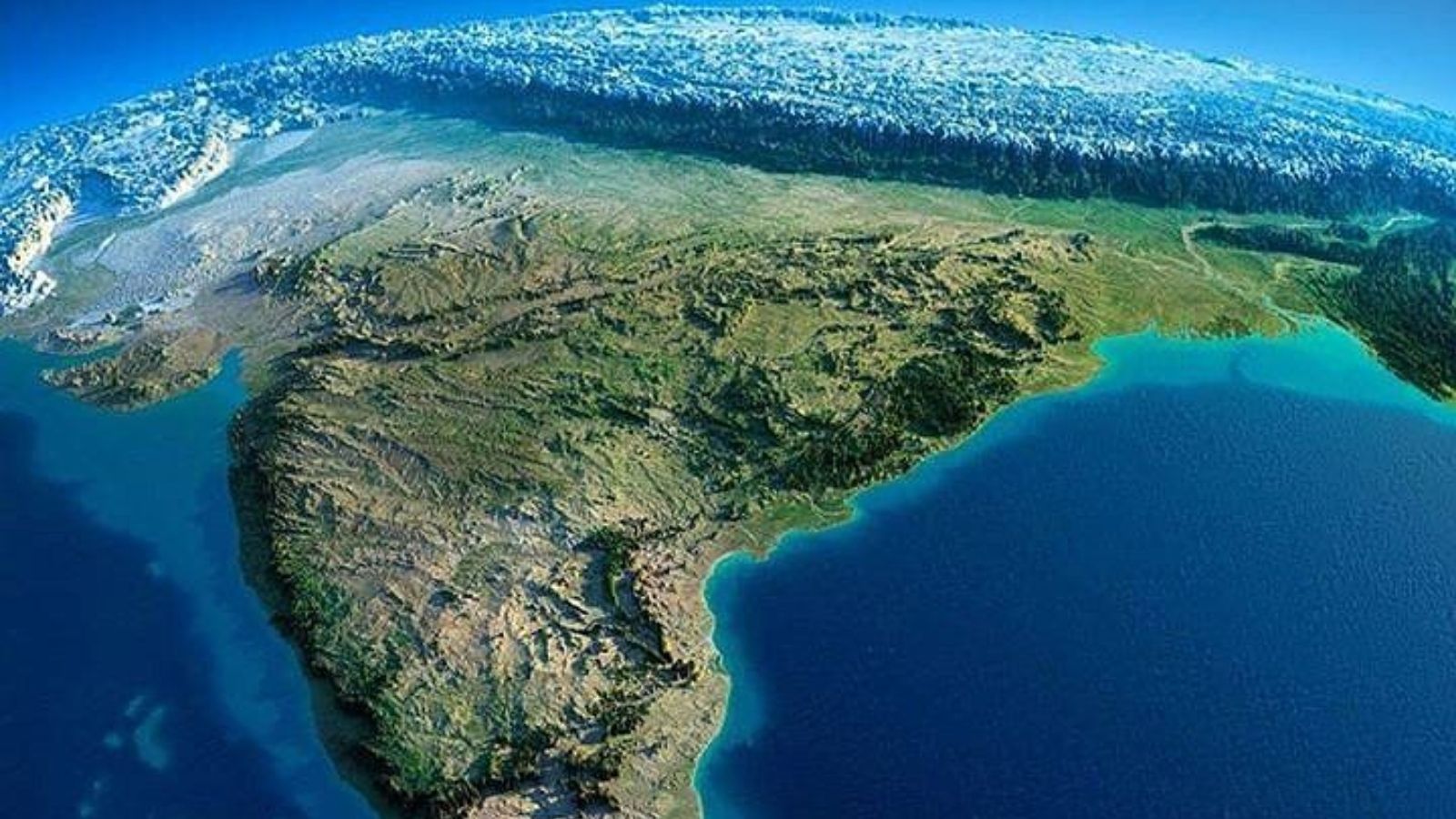Our idea of Rashtra is the land, the people, their shared values, culture, approach towards life and the divine, the shared heroes, myths and legends, etc. Rashtra is conscious by itself and has a spiritual goal.
By Shobhit Mathur, Co-Founder & Dean at Rashtram
उत्तरम् यत् समुद्रस्य, हिमाद्रेश्चैव दक्षिणम्।
वर्षं तद् भारतम् नाम, भारती यत्र संतति:। – विष्णु पुराण
That which lies north of the oceans, and south of the mass of snow.
That varsha (country) is called Bharata whose children are called Bharati – Vishnu Purana
In the Indic civilization, the name for a child is carefully chosen. The chosen name influences the character and destiny of the being. Similarly, the name ‘Rashtram’ for this institution was chosen after careful deliberation. The word Rashtra finds references starting from the Vedas and several later texts. As with many words in Sanskrit, Rashtram is non-translatable in English. The closest meaning would be – ‘sacred geography’. The people within a Rashtra are bound by a common sense of civilizational identity. The name of an institution should reflect its mission and destiny. ‘Rashtram’ is an appropriate name, as this institution takes inspiration from and intends to give back to the Rashtra. We will delve into the importance of the word ‘Rashtra’ and why it’s true meaning needs to be reclaimed.
Rashtra is often translated as Nation and that is perhaps the closest equivalent word. However, the term Nation has a geopolitical (Nation-State) connotation while Rashtra is geo-cultural. Due to the European experience, Nationalism reminds us of genocide and expansionism. The idea of Rashtra has an indic origin and reflects the indic worldview. It considers the integrality of our existence and aims to transcend its people from the material; celebrates diversity; and promotes harmony with nature and the cosmos. Rashtra relates to the civilizational identity and this identity doesn’t change with the political set-up (Rajya or State) that is layered over it. Over several millennia our Rashtra has continued under different Rajyas. Rajya is layered on top of Rashtra and consequently has an imprint on the Rashtra. If the goals are in alignment, the Rashtra flourishes, else Rashtra gets subdued and suffocated by the Rajya.
It is important to note that in our conception the Rashtra is beyond the physical. It is not just the people, the land, and borders. Our idea of Rashtra is the land, the people, their shared values, culture, approach towards life and the divine, the shared heroes, myths and legends, etc. Rashtra is conscious by itself and has a spiritual goal. It intends to fulfill the highest collective aspiration of its people – abhyudaya. Most importantly the abhyudaya of the people is not for narrow material ends, but for elevating global consciousness. Ideally, the Rajya (State) should be designed to fulfill this goal of the Rashtra over which it governs. Otherwise, there is a friction between the aspirations of the Rashtra and the political power that the Rajya wields over it. This is visible in India today. There are several points of dissonance between the two – the State is suffocating the Nation. For example, by choosing to be a welfare state, the Rajya incentivizes groupism and collective bargaining for state benefits. The consciousness and the aspirations of the people are constantly pushed lower, instead of leading to abhyudaya. The alien structure of Rajya that India has chosen after independence is colonial in nature and not aligned with the Rashtra. It is time to align the Rajya with the eternal underlying Rashtra. Rashtram is committed to this mission.
“राष्ट्राय स्वाहा, इदं राष्ट्राय इदं न मम”
This is not for me, it is for the Nation
Shobhit Mathur
Dean
Rashtram School of Public Leadership

